- News
- Reviews
- Bikes
- Accessories
- Accessories - misc
- Computer mounts
- Bags
- Bar ends
- Bike bags & cases
- Bottle cages
- Bottles
- Cameras
- Car racks
- Child seats
- Computers
- Glasses
- GPS units
- Helmets
- Lights - front
- Lights - rear
- Lights - sets
- Locks
- Mirrors
- Mudguards
- Racks
- Pumps & CO2 inflators
- Puncture kits
- Reflectives
- Smart watches
- Stands and racks
- Trailers
- Clothing
- Components
- Bar tape & grips
- Bottom brackets
- Brake & gear cables
- Brake & STI levers
- Brake pads & spares
- Brakes
- Cassettes & freewheels
- Chains
- Chainsets & chainrings
- Derailleurs - front
- Derailleurs - rear
- Forks
- Gear levers & shifters
- Groupsets
- Handlebars & extensions
- Headsets
- Hubs
- Inner tubes
- Pedals
- Quick releases & skewers
- Saddles
- Seatposts
- Stems
- Wheels
- Tyres
- Health, fitness and nutrition
- Tools and workshop
- Miscellaneous
- Buyers Guides
- Features
- Forum
- Recommends
- Podcast
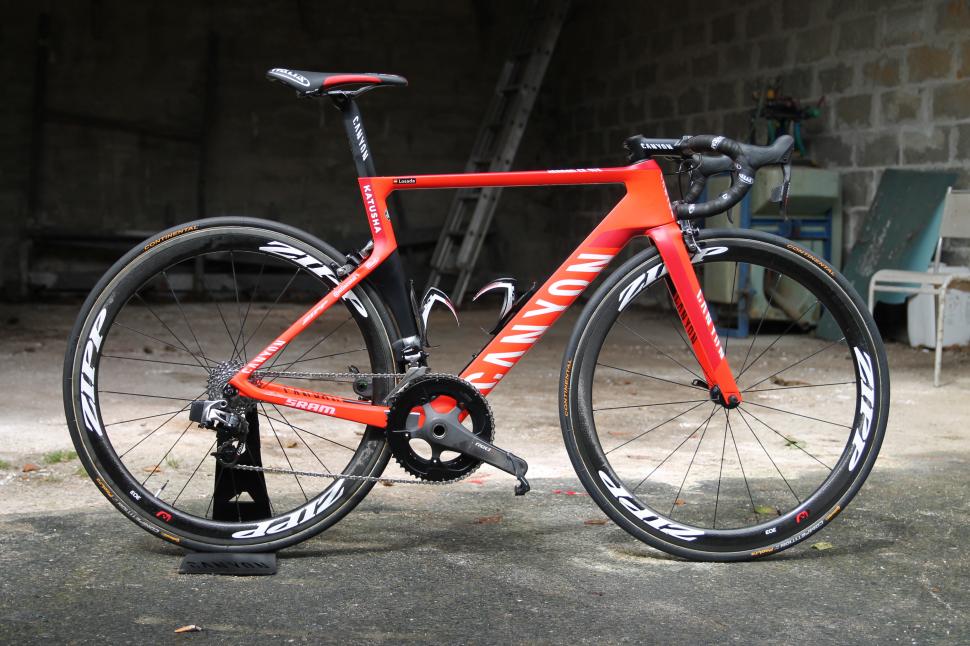 katusha canyon.JPG
katusha canyon.JPG10 Top Tech Trends from the 2016 Tour de France
We spent the first couple of days before the Tour de France trawling around the team hotels, photographing the race bikes for our daily Tour Tech features, and also trying to spot anything new. We also took the opportunity to see what the key tech trends are this year.
Generally, it's a continuation of the trends we've seen the past few years. Tyres are getting wider, electronic groupsets still rule and aerodynamics is increasingly important.
1. Wide tyres
Most teams are using wider tyres with 24 and 25mm being the most common sizes. A lot of teams using Continental 25mm tyres and those on Specialized use 24mm width tyres. The Trek team told us that every rider is on 25mm tyres for all road stages, only going narrower on time trial bikes where aero concerns still matter. In fact, we only spotted one bike with anything narrower, and that was young Adam Yates with 22mm tyres. Yet again, no sign of tubeless tyres with the entire peloton sticking with tried-and-tested tubulars.
- Trend spotting: Why you need to switch to wider tyres
2. Wide-range cassettes
It used to be 11-23 was the default choice, with the bigger cassettes only coming out for the mountain stages. Since the advent of 11-speed drivetrains though, we’ve seen most teams switch to 11-28 (Shimano) and 11-27 or 11-29 (Campagnolo) cassettes for the entire race, saving the team mechanics a fair amount of work.
3. Dials rule the shoe world
We counted more shoes with rotary retention dials than ratchets, straps and laces. This is Shimano's latest shoe, which sees the company switch from velcro and ratchet straps to rotary dials and cables.
4. Electronic shifting is still king
Shimano’s Dura-Ace Di2 groupset enjoys almost complete domination for another season. No surprise there. There are a few star riders on mechanical Dura-Ace groupsets (Fabian Cancellara and Alberto Contador) but this seems to be based on no good reason other than superstition. SRAM has two teams on its new RED eTap wireless for the first season, after its unofficial debut this year - could this be the start of SRAM's push back into the WorldTour? What we didn't see was any sign of FSA's prototype wireless groupset or Rotor's Uno hydraulic groupset.
5. Deep carbon wheels
You won't spot anything but carbon wheels at the Tour. The deep-section carbon fibre wheel is still the favoured choice for most stages, even when the race hits the mountains. Expect only GC contenders to swap to shallower section rims. We noticed more bikes this year with shallower front wheels and deeper rear wheels, maybe trying to save a bit of weight for hillier stages without compromising aerodynamics too much?
6. Aerodynamics is still so important
Aerodynamics is increasingly shaping road bikes, components and clothing. Most bicycle brands involved in the WorldTour offer a dedicated aero frame, such as the Specialized Venge here belonging to sprinter Marcel Kittel. Cannondale is one of the few brands that doesn't have a dedicated aero bike, but it has updated its classic SuperSix Evo to reduced drag. Most racers have a choice of an aero or regular road bike, with GC contenders typically going with the later, but aero bikes work on the hills too - just look at Steve Cummings and his solo breakaway aboard a Cervelo S5.
7. Handlebar shape
There are many handlebar shapes available but we reckon the most popular at the Tour de France is the compact shaped handlebar. A compact handlebar reduces the drop and reach, makes the drops more usable and the distance from the two positions is less extreme. Those not in favour of the compact handlebar appear to go in the opposite direction, using a traditional shape handlebar to get a very low front-end. Good for aerodynamics, not good for your back.
8. Aluminium bars and stems
Another cockpit related observation. It's aluminium, not carbon fibre, handlebars that are most common. It's the same with stems too. Why? Better resistance to damage in a crash is one reason, and the higher weight can help ensure the bike doesn’t dip below the UCI’s 6.8kg weight limit as well, plus stiffness as well. That said, we did still spot a fair few bikes with carbon handlebars, bucking the trend somewhat. Cavendish combines an Enve carbon stem with an aluminium PRO handlebar.
9. Aero road helmets
Our latest tech trend observation is an easy one, as they're everywhere. Aero road helmets are really popular at the moment with most manufacturers now offering at least one model, if not more. And companies are still developing new ones and evolving them. This one comes from Giant and is new this summer.
10. Integration
Integration has been one of the common themes of newly launched bikes these past few seasons and goes hand-in-hand with aerodynamics. What it commonly refers to is components of the bike integrated seamlessly into the frame or fork, with the result hopefully to reduce drag. Good examples include the front brake on the Trek Madone, both brakes on the Specialized Venge, or the Look 795 where the stem integrates into the head tube and top tube so as not to increase the size of the bike’s frontal area.
David worked on the road.cc tech team from 2012-2020. Previously he was editor of Bikemagic.com and before that staff writer at RCUK. He's a seasoned cyclist of all disciplines, from road to mountain biking, touring to cyclo-cross, he only wishes he had time to ride them all. He's mildly competitive, though he'll never admit it, and is a frequent road racer but is too lazy to do really well. He currently resides in the Cotswolds, and you can now find him over on his own YouTube channel David Arthur - Just Ride Bikes.
Latest Comments
- daviddamoore 3 min 12 sec ago
Make sure you secure your carrier...
- check12 5 min 9 sec ago
Are these disc brake only like the other ultra light tpu tubes?
- chrisonabike 13 min 35 sec ago
I think it's:...
- NotNigel 26 min 10 sec ago
Where are people getting this needing re-patching in a few years from? It's usually broken up and in bits within a few weeks round our end?
- NeilBedwin 32 min 18 sec ago
As it's often said -'the way to justify the building of a bridge is not too count the number of people swimming the crocodile infested river!'
- OldRidgeback 41 min 32 sec ago
I used to go that way to work. It's nasty and congested. I doubt any changes will make the congestion worse.
- Jamie Williams 1 hour 9 min ago
Both bikes are both 1x
- David9694 1 hour 46 min ago
Cambridgeshire villagers say parking problem is 'ridiculous' as buses squeeze past cars...
- mallardz 2 hours 12 min ago
But who's going to lend them their Pinarello?!
- chrisonabike 2 hours 56 min ago
Maybe Simoninspalding can reassure them - being in a Holland is OK....
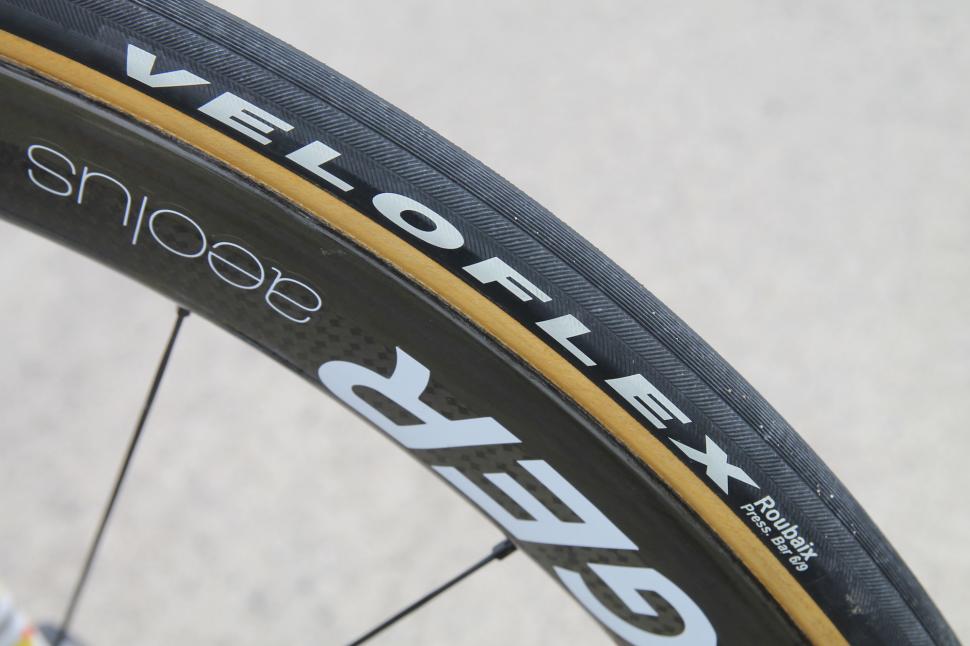
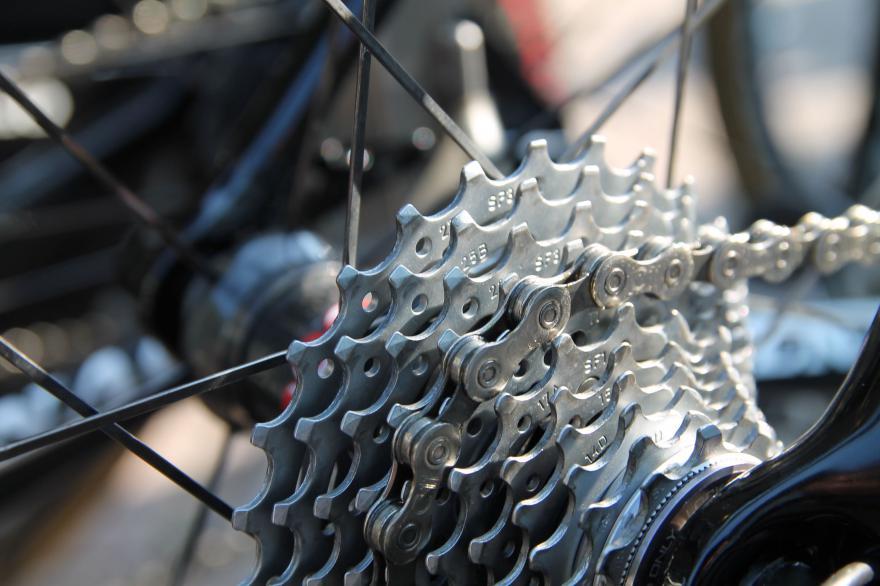

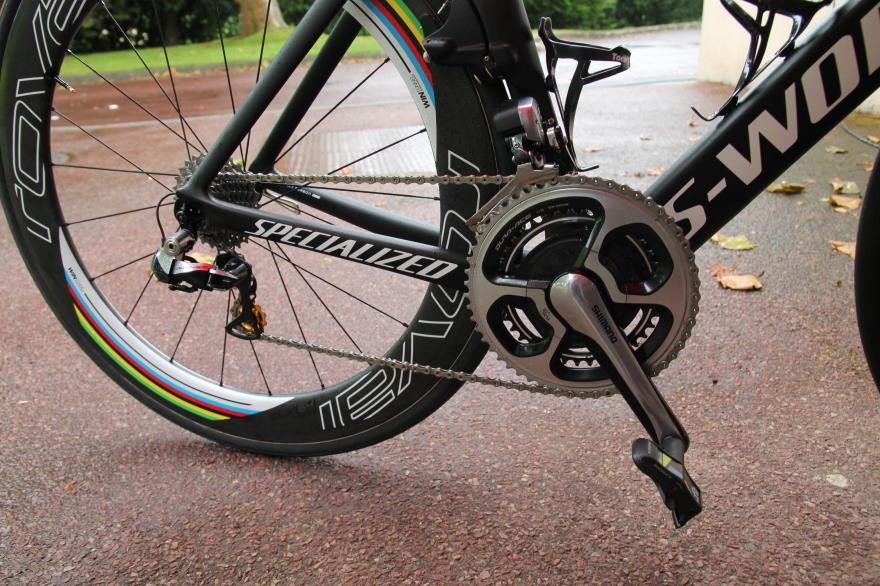
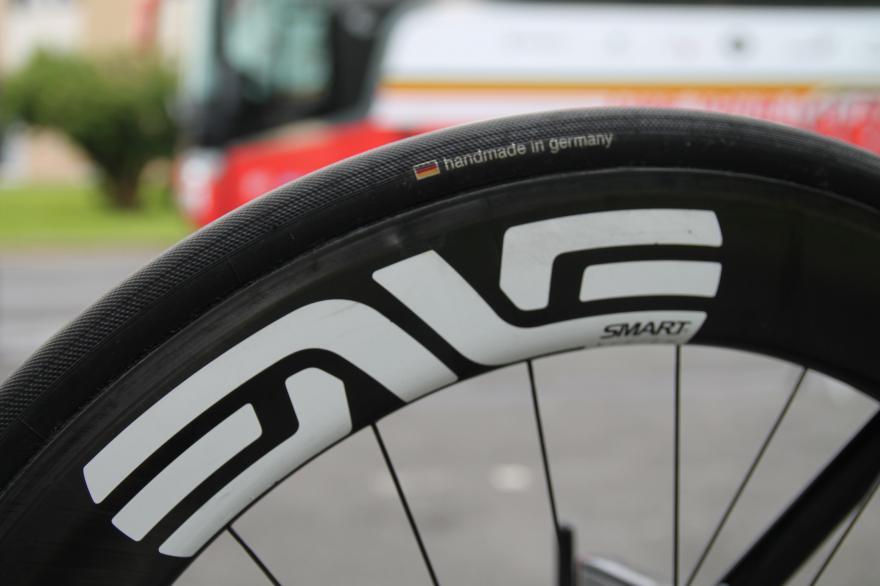

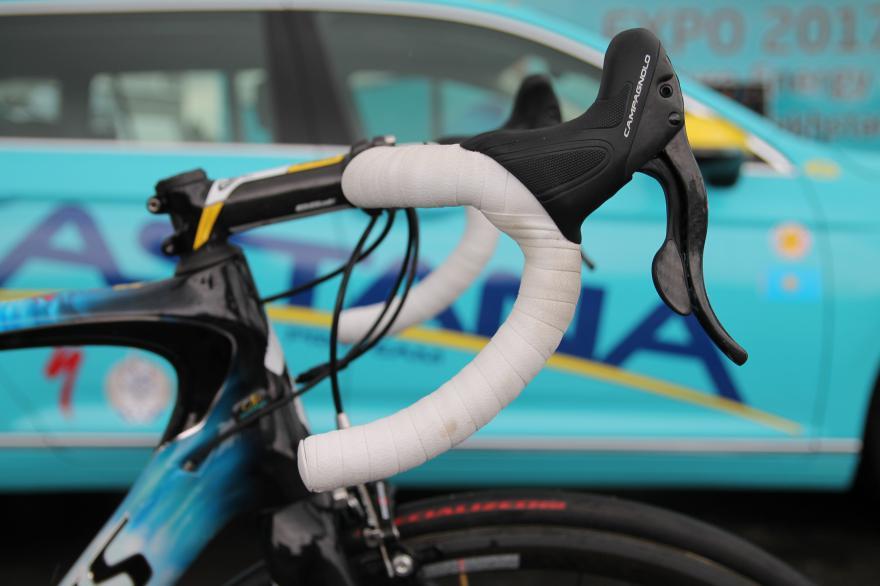
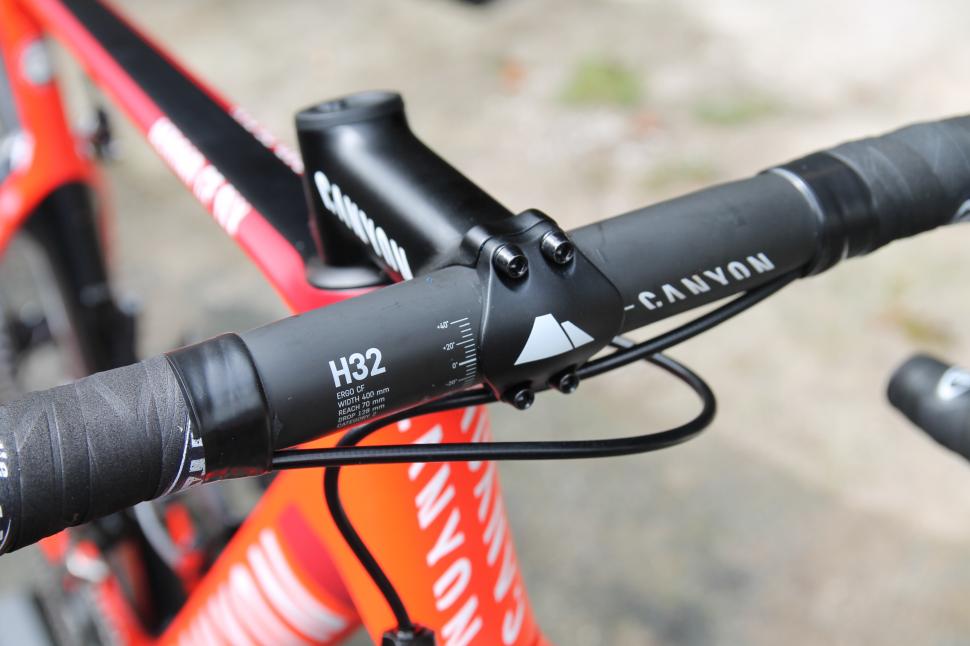
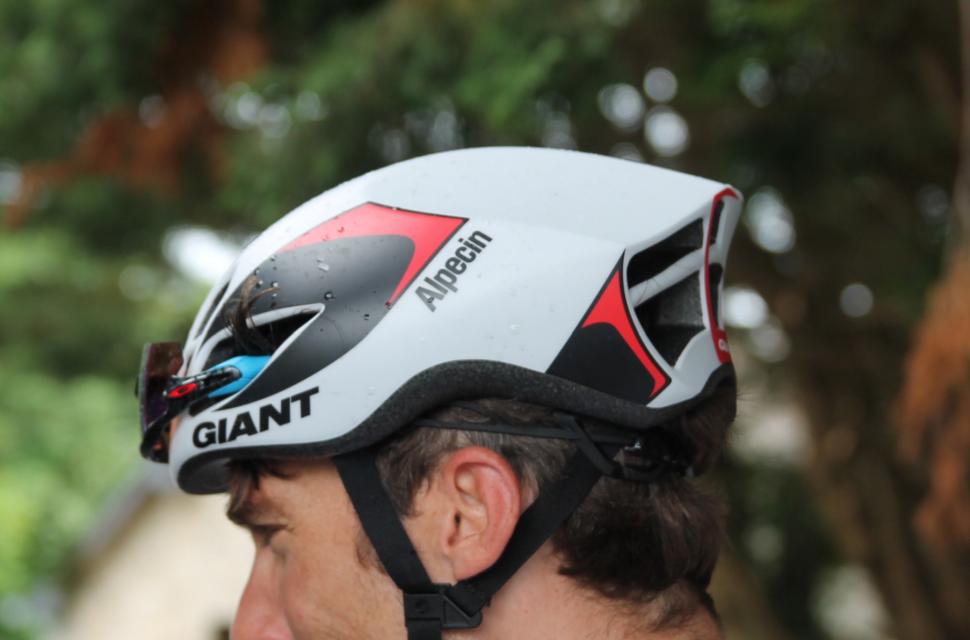
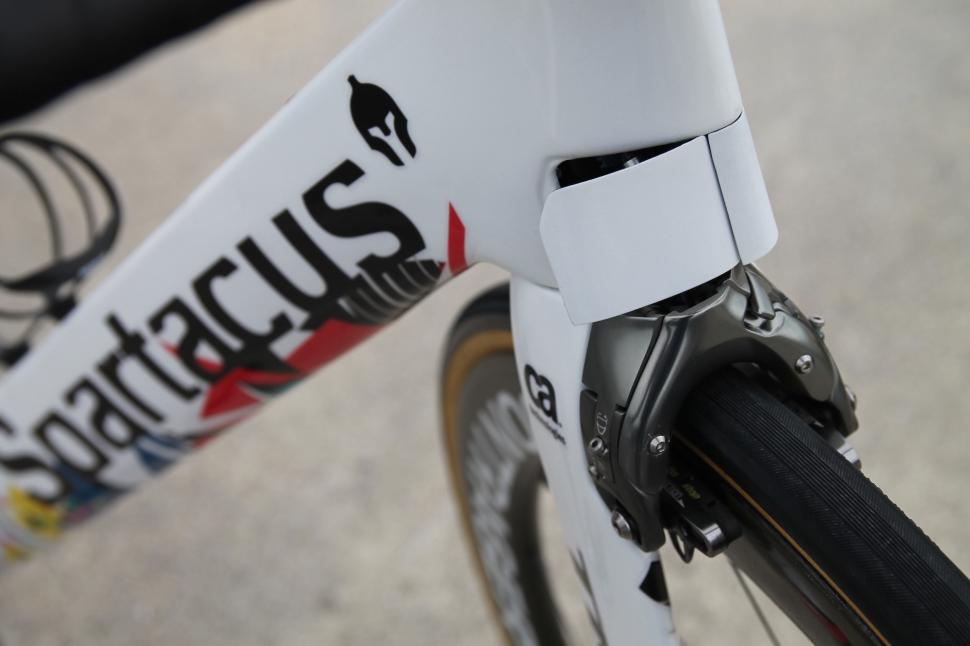
Add new comment
22 comments
Cue TdF 2018 5% graphene frames
http://www.cyclingweekly.co.uk/news/product-news/dassi-graphene-frame-26...
There has to be these articles as the road cycling fraternity takes so long to take on new technology.
You mean we gotta buy news rims as well!
Obvs. The old ones will almost certainly not be tubeless compatible and have a worrying lack of Graphene in them, so might as well go wide at the same time.
It's not what's preferred in the peloton, it's what their sponsored to ride. We're all on 25's now boys! Why? Cos selling shit pays your wage!!
Well that and also that 25s are generally better as an all round tyre especially with the wider rims they're running on in many cases. I'd imagine the proportion of their customer base that wants wider tyres AND bases their decisions on what the pro peloton uses is quite small.
This.
You are mentioning the two SRAM eTap teams, but not the three teams using Campagnolo Super Record EPS. And Astana, Movistar and Lotto-Soudal are reasonably significant teams.
What remains a complete mystery is why a company would fit out 3 entire teams when the number of actual off the shelf Specialized, Canyon and Ridley models which are sold anywhere in the world with any form of Campagnolo EPS could probably be counted on a couple of fingers. Yes Canyon sell two with mechanical Record but...
Ridley even advertise that one of the 6 reasons for buying a Ridley bike is "Ride the same bikes as Lotto-Soudal". And yes you could. But it's going to take a hell of a lot of extra effort, and 90% of LBS's will stare at you with glazed expressions if you want them to fix a technical glitch.
That's not been my experience in the UK. Most decent shops will know what to do with a campagnolo groupset.
The company kits out three teams as part of their marketing / advertising strategy, obviously, just as Shimano and SRAM do. The fact it's less prevalently specified in complete builds is irrelevant.
Campagnolo EPS is ridiculously expensive, however, so I imagine that's what puts a lot of people off.
The point the author makes about mechanical groupsets being used only due to 'superstition' - I think that's doing a bit of a disservice to the pros and pro mecahnics who probably have their reasons for going mechnical (ability to fix/ make on-the-fly repairs for example?!).
You can cobble together an Athena/Chorus EPS mix for less than Ultegra Di2. Granted, it's v2 instead of v3, so you don't get the "MyCampy" smartphone app. Boo hoo.
I remember GCN doing a weight vs aero vid and concluding that aero wins above 10mph. Thing to bear in mind is that for out and out climbing a deep section wheel will have considerably more rotational mass than a shallow section wheel so whilst an aero frame might not represent much of a penalty, aero wheels can represent more of a climbing penalty than the pure gram difference.
Deeper rear and shallower front has nothing to do with weight, it a) makes the bike more stable in crosswinds by moving the centre of pressure towards the rear i.e. away from the steering axis, and b) gives a marginal improvement in aerodynamics.
HTH
New Veloflex Roubaix are 25mm measured by me. They were previously 24mm.
Interesting article. I wonder what width those Veloflex tubs are? I've just got some Veloflex fitted to one of my bikes and they seem to run very narrow compared to other manufacturers quoted widths, even Vittoria, who I believe the Veloflex people started-out with.
Good tyres though.
If you can have an aero road bike with deep section rims under 7kg. Why would any of them go for a regular road bike I'm wondering?
Probably stiffness. Not too long ago that was an area where aero bikes conceded to so-called "climber's bikes." No idea if that's changed today though. From what I've been reading, aero bikes have improved in this area, but no news yet if the performance delta of old has been closed up.
Would make an interesting Road.cc feature for the future I reckon.
I'd like to see this tested too. 6.8kg road bike (say R5) and 6.8kg aero bike (say S5) and see which is fastest over different types of courses.
Lots of youtube comparison tests but they're all working of a lighter v heavier bike assumption, which we know isn't the situation. Lots of illegal aero bikes on some forums..
The Rotor Uno observation is interesting - perhaps because by the time they released the groupset, the sponsorship deals were already signed and their ink dried? Or because Rotor don't have their cassettes and chains ready? (Demo bikes with Uno were using Shimano Ultegra cassettes, if memory serves.)
I'm looking forward to it being more widespread in the 2017 season, because it seems like really good tech. Fingers crossed.
Why are you sorry Rapha? for being an arse? I forgive you.
For what its worth I thought it was quite a good read, looking at the tech used today in comparison to previous tours. Quite a nice read indeed. Untill I got to your negative comment... so much of that these days.
No, but if you pull up a few of these articles from years gone by, you'll see that wider tyres/wheels, aero helmets, deep wheels, and electronic shifting are all now very standard and are not trends. Not just in the pro peleton but in most clubs now. But hey, if you enjoy recycled media then good for you.
I've yet to see a single aero helmet on anyone in my club, or anywhere else on my local roads. Probably because unvented helmets make you look like a giant dork
Unless you are counting things like the Giro Synth, which are very popular hereabouts mainly because it's clearly a vented helmet marketed as 'aero' because no one is buying them.
Sorry, but I don't think that what is now "the norm" can be classed as "a trend".